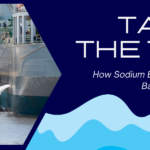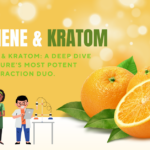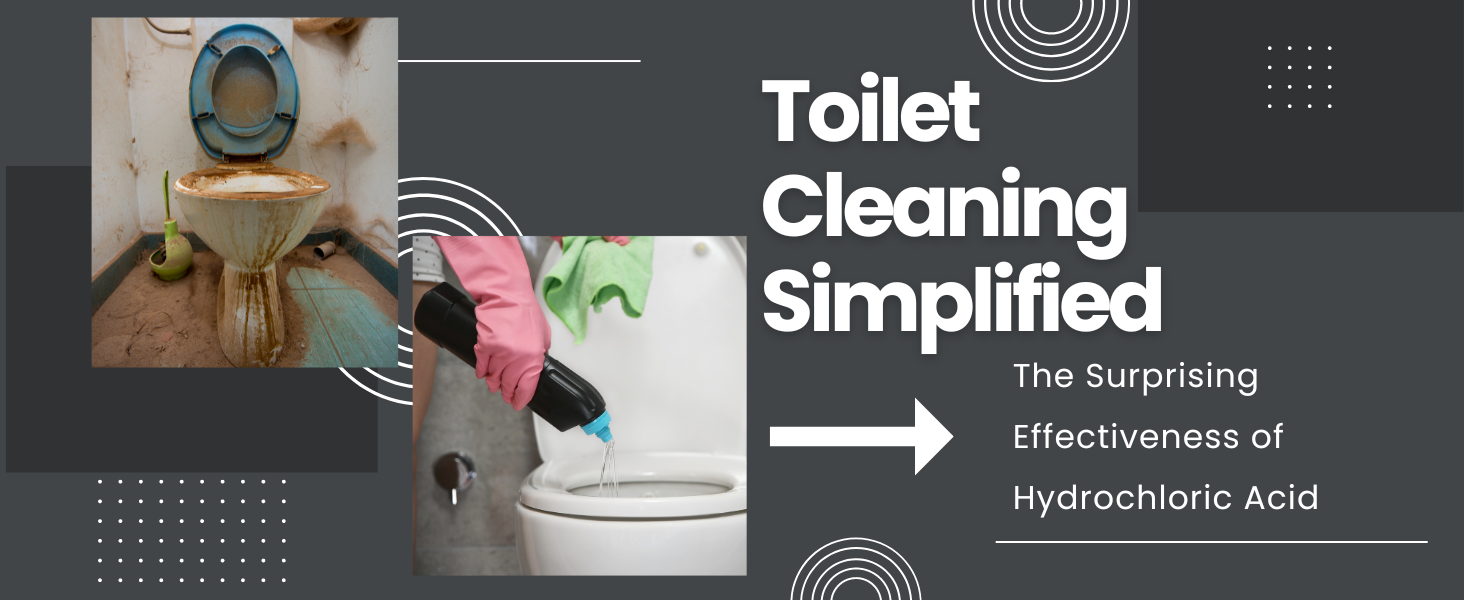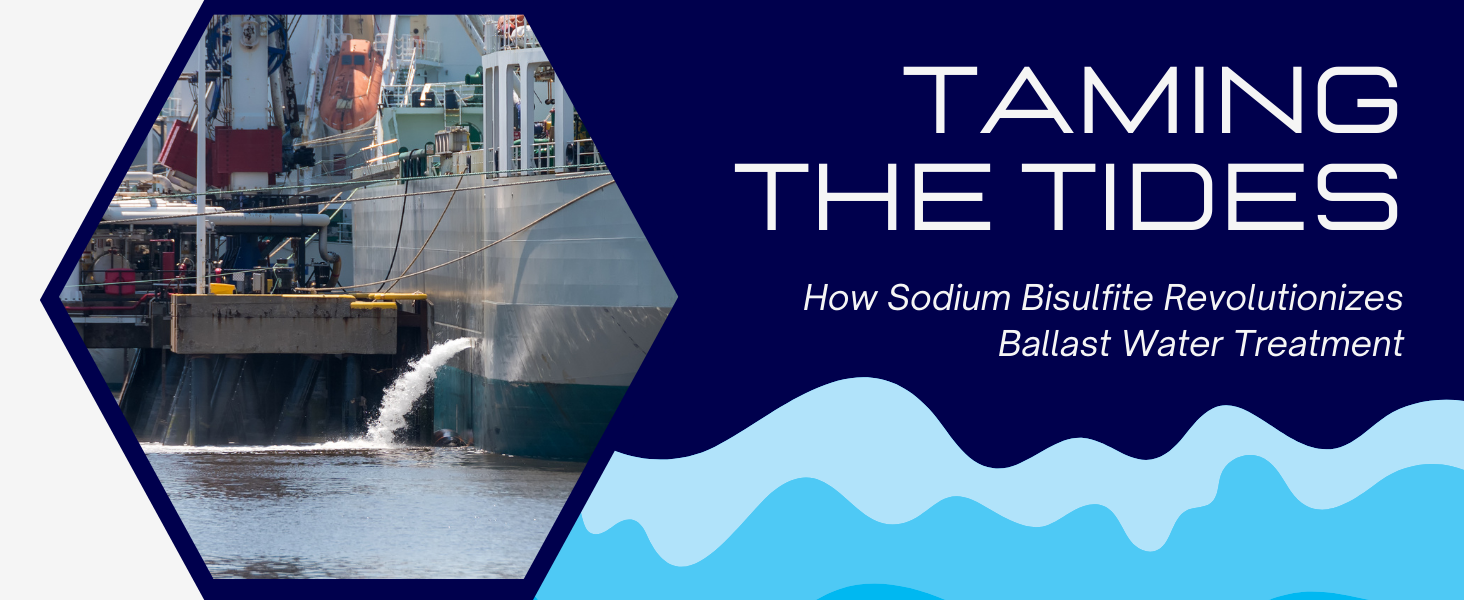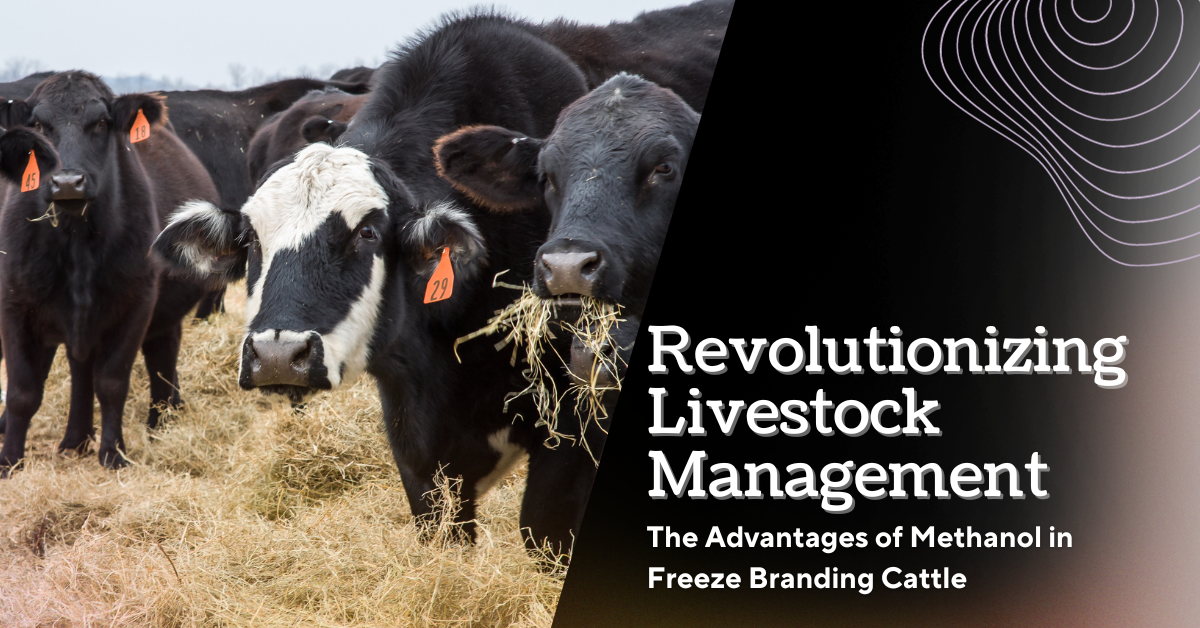
Revolutionizing Livestock Management: The Advantages of Methanol in Freeze Branding Cattle
- Revolutionizing Cattle Branding: The Role of Methanol in Freeze Branding
- Introduction to Cattle Branding
- Transition to Freeze Branding
- Benefits for Cattle and Ranchers
- Addressing Common Misconceptions
- Understanding the Freeze Branding Process
- Methanol: The Optimal Choice for Freeze Branding
- Conclusion and Call to Action
Revolutionizing Cattle Branding: The Role of Methanol in Freeze Branding
Exploring the forefront of agricultural innovation, this article delves into how methanol is changing the landscape of cattle branding. Freeze branding, a modern technique that offers a more humane approach than traditional methods, stands at the center of this evolution. Methanol’s role in this process is not just functional but transformative, making freeze branding a preferred choice for contemporary ranchers.
While cattle branding has long been a cornerstone of livestock management, the shift towards more animal-friendly methods like freeze branding reflects a significant change in industry values. This shift not only benefits the cattle but also aligns with modern welfare standards, showcasing the industry’s commitment to ethical practices.
Our journey through this article will highlight the practical and ethical advantages of using methanol in freeze branding. We aim to provide a comprehensive insight into why this method is becoming a new standard in cattle management, focusing on its efficiency, humane nature, and alignment with current agricultural trends.
Introduction to Cattle Branding
Cattle branding has a rich and varied history, tracing back to ancient times. Initially, it served as a practical solution for ownership identification, but over centuries, it has evolved into a sophisticated practice incorporating modern technology and ethical considerations. This evolution mirrors broader changes in agriculture, particularly in terms of animal welfare and efficiency.
From its early origins, branding has transitioned through various methods, with each stage reflecting advancements in technology and understanding of animal care. The move from searing hot-iron brands to less invasive methods marks a significant step in this journey. It highlights the industry’s ongoing effort to balance effectiveness with a more compassionate approach to livestock management.
The development of freeze branding, especially its use of methanol, represents the latest chapter in this long history. This section will explore the historical trajectory of branding practices, shedding light on how and why freeze branding has emerged as a cutting-edge solution in modern cattle management.

Transition to Freeze Branding
The transition from traditional hot-iron branding to freeze branding marks a significant shift in cattle management practices. Freeze branding, developed in the 1960s, offers a more humane alternative to the age-old method of hot-iron branding. This technique involves the application of extreme cold, using substances like liquid nitrogen or dry ice mixed with alcohol, notably methanol, to alter the pigmentation of the animal’s hair, creating a readable, permanent mark.
Unlike hot-iron branding, which causes a burn that damages the hair follicles and skin to create a scar, freeze branding is less painful and does not damage the skin. The cold temperatures used in freeze branding kill the pigment-producing cells in the hair follicles, causing the branded area to grow white hair, or no hair at all, providing a clear and humane mark of identification.
This method not only reduces the stress and pain experienced by the cattle but also offers several advantages for ranchers. Freeze branding is more visible, especially on dark-coated animals, and the marks it produces are more precise and uniform. The clarity of these marks facilitates easier identification and record-keeping, an essential aspect of modern cattle ranching.
The adoption of freeze branding reflects a broader trend in agriculture towards more humane and welfare-conscious practices. It embodies a commitment to the well-being of livestock while maintaining the practical necessities of ranching operations.
Benefits for Cattle and Ranchers
Freeze branding brings significant benefits both for cattle and ranchers, marking a major advancement in livestock management. For cattle, the most notable benefit is the reduction of pain and stress. The process of freeze branding is far less traumatic compared to hot-iron branding, minimizing discomfort and promoting better animal welfare.
For ranchers, freeze branding offers several practical advantages. The clarity and permanence of the marks make it easier to identify individual animals, simplifying record-keeping and tracking. This is particularly beneficial in large herds where individual identification can be challenging. Additionally, the precision of freeze branding reduces the chances of misidentification, which is crucial for breeding, sale, and legal purposes.
The aesthetic aspect of freeze branding is also noteworthy. The white or colorless hair that grows in the branded area is distinct and highly visible, making it easier to spot from a distance. This visibility is not just a matter of convenience; it’s essential for quick identification in vast pastures or during transport.
Moreover, freeze branding aligns with the increasing consumer demand for ethically produced livestock products. Consumers are more aware and concerned about animal welfare, and practices like freeze branding that demonstrate a commitment to humane treatment can positively impact a ranch’s reputation and marketability.
In summary, freeze branding, facilitated by the use of methanol, offers a balanced approach to cattle management, aligning operational efficiency with ethical considerations. It’s a win-win for both the cattle and those who care for them.
Addressing Common Misconceptions
Despite the clear advantages of freeze branding, there are several misconceptions that need to be addressed. A common myth is that freeze branding is more time-consuming and complicated compared to traditional methods. In reality, while the process does require precise temperature control and timing, once mastered, it can be just as quick and straightforward as hot-iron branding.
Another misconception is the belief that freeze branding is less effective or less permanent than hot-iron branding. This is not the case; freeze branding creates a permanent mark just like hot-iron branding. The key difference is in the method of marking: freeze branding alters the hair pigment, resulting in a distinct, readable, and long-lasting mark.
Some also incorrectly assume that freeze branding is significantly more expensive than traditional methods. While the initial setup for freeze branding might involve some investment, such as purchasing the required equipment and substances like methanol, the long-term benefits and reduced risk of injury to the cattle often offset these initial costs.
It’s also worth noting that freeze branding is adaptable to various climates and cattle breeds. While it’s a common belief that this method is only suitable for certain environments or coat colors, with the right technique and materials, freeze branding can be effectively used across a wide range of conditions and cattle types.
By dispelling these myths, we aim to provide a clearer understanding of freeze branding and encourage more ranchers to consider this humane and effective method of cattle identification.
Understanding the Freeze Branding Process
Understanding the technical aspects of freeze branding is crucial for its successful implementation. This innovative process involves cooling a branding iron to extremely low temperatures, typically using a solution of dry ice and alcohol, with methanol being a popular choice due to its excellent cold conduction properties.
The procedure begins with the preparation of the branding solution. A combination of dry ice and methanol is typically used to create a bath that reduces the temperature of the branding iron to the desired level. The specific temperature and cooling duration can vary, depending on factors such as the coat color and thickness of the cattle. Generally, darker coats may require a longer application time for effective branding.
Before applying the iron, the targeted area on the cattle’s skin is shaved and cleaned to ensure optimal contact and effectiveness. Once the iron reaches the necessary cold temperature, it is applied to the skin for a predetermined amount of time. This duration is carefully calculated based on the individual characteristics of the cattle’s coat and skin.
The cold temperature of the iron destroys the pigment-producing cells in the hair follicles of the branded area. This process results in the growth of white or colorless hair, providing a clear, legible, and permanent mark. The precise control of temperature and timing is essential to achieving a consistent and humane brand.
Proper training or guidance is vital for those new to freeze branding. Understanding the details of temperature management and application timing can significantly impact the branding’s success and quality.
-
 Methanol ACS Reagent Grade$25.00 – $4,995.00
Methanol ACS Reagent Grade$25.00 – $4,995.00 -
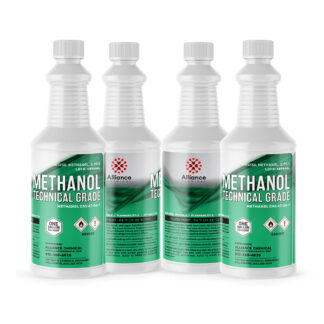 Methanol Technical Grade$19.00 – $3,780.00
Methanol Technical Grade$19.00 – $3,780.00
Methanol: The Optimal Choice for Freeze Branding
Methanol plays a pivotal role in the process of freeze branding, acting as the ideal medium for achieving the necessary low temperatures. Its properties make it an excellent choice for use in combination with dry ice to cool branding irons.
One of the key reasons for choosing methanol in freeze branding is its efficiency in conducting cold. Methanol’s low freezing point and high latent heat of fusion allow it to maintain a stable, extremely cold temperature when mixed with dry ice. This ensures that the branding iron reaches the optimal temperature for effective freeze branding.
Additionally, methanol’s availability and cost-effectiveness make it a practical choice for ranchers. Unlike more specialized or expensive chemicals, methanol is relatively easy to obtain and use, making freeze branding an accessible option for many livestock operations.
At Alliance Chemical, we understand the importance of reliable and high-quality methanol for freeze branding. We offer Methanol Technical Grade and Methanol ACS, both suited for the demands of freeze branding. These products ensure consistency and effectiveness in the branding process, aiding ranchers in achieving clear and humane brands on their cattle.
Choosing the right methanol is crucial for successful freeze branding. Our products are designed to meet the specific needs of this application, providing ranchers with the confidence and reliability needed for optimal branding results.
Conclusion
In conclusion, the transition to freeze branding, facilitated by the use of methanol, represents a significant advancement in cattle management. This method not only enhances animal welfare by reducing stress and pain during the branding process but also provides ranchers with a more efficient, humane, and identifiable marking system.
At Alliance Chemical, we are committed to supporting ranchers in their efforts to adopt more humane and effective practices. Our Methanol Technical Grade and Methanol ACS products are specifically designed to meet the needs of freeze branding, ensuring high-quality results and the well-being of your cattle.
We encourage ranchers and farmers to consider the benefits of freeze branding and to explore the use of methanol as a key component in this process. For those interested in learning more or purchasing methanol for freeze branding, visit our website at Alliance Chemical or contact us directly. We are here to provide you with the resources and products necessary to make a smooth transition to this innovative and humane branding method.
Embrace the change towards more ethical and efficient cattle branding. Trust Alliance Chemical for your methanol needs and join the growing number of ranchers who prioritize both efficiency and animal welfare in their operations.




